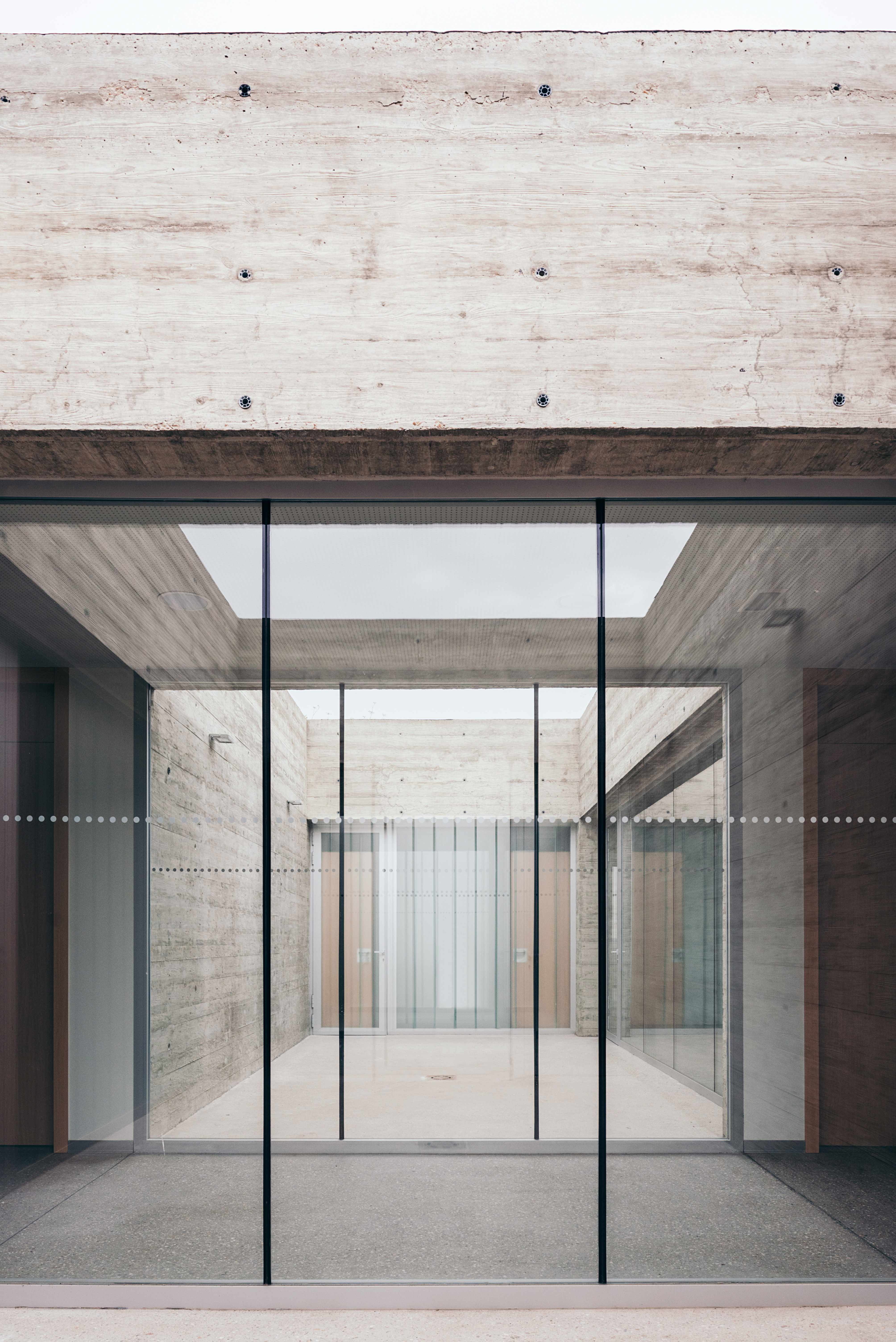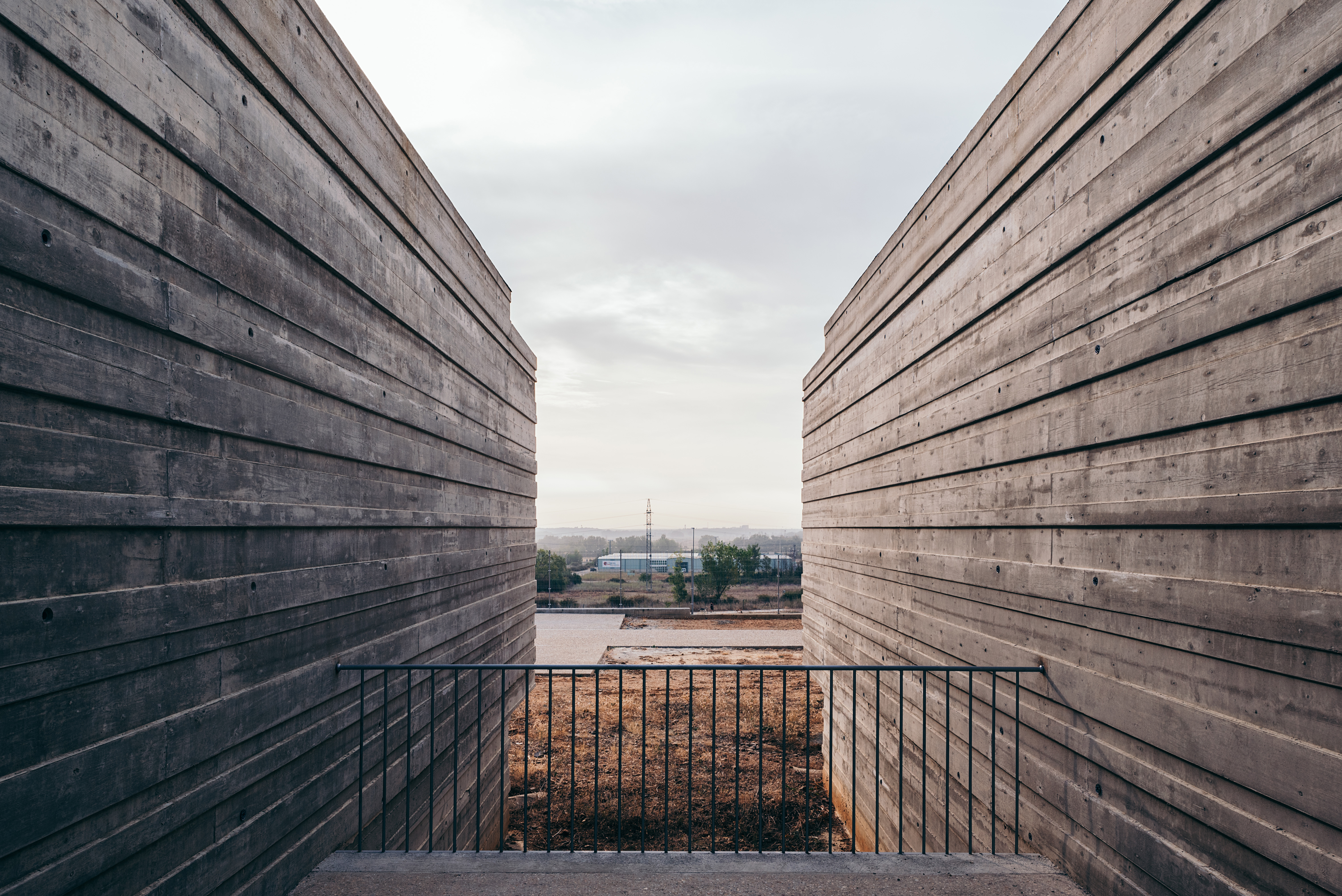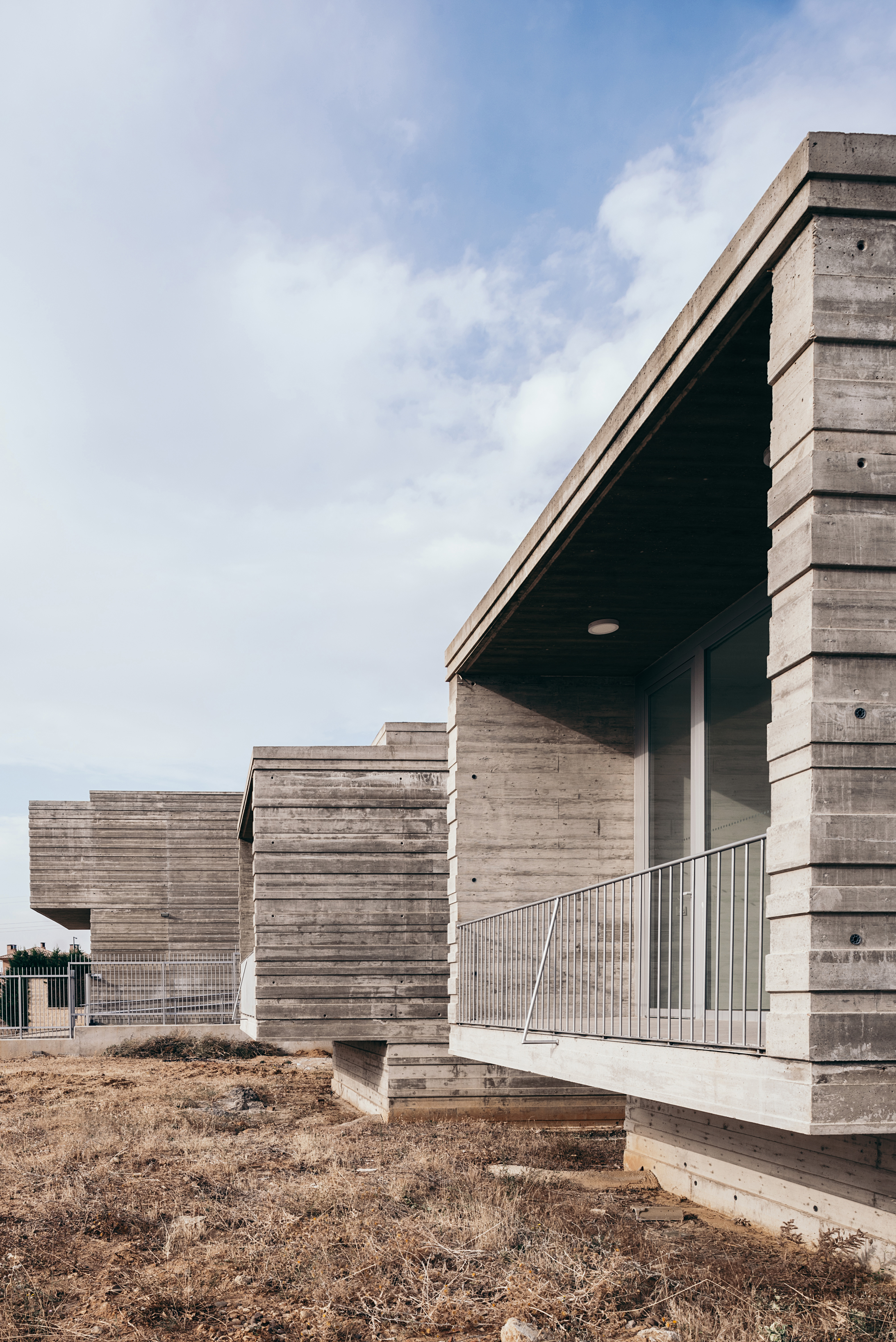| Company Details | |
|---|---|
| Company Name | studioVRA |
| Address | Paseo Sagasta 35 5c Zaragoza Spain Map It |
| Name | RUBEN GARCIA |
| Job Title | ARCHITECT |
| Email hidden; Javascript is required. | |
| Phone | +34711731311 |
| Role of this organisation in the project being entered | FOUNDER AND PRINCIPAL |
| Category |
|
| Name of organisation entering the Awards (if different from above) | studioVRA |
| Role of this organisation in the project being entered (if different from above) | Architect |
| Project Name (written how it should appear) | Day Care Center for People with Alzheimer's Disease |
| Project Address | Calle Baños de Montemayor 10b Benavente Spain Map It |
| Client Name | Asociacion de Familiares y Enfermos de Alzheimer de Benavente y Comarca AFAB |
| Designer/Architect Name | Ruben Garcia Rubio |
| Contractor Name | Huerga Roman SL (until structure) Construcciones P. Sánchez Rodríguez SL |
| Project Description | The new Day Care Center for People with Alzheimer's Disease in Benavente (Zamora, Spain) arises from the aging of the region's population. When designed, there was no proven scheme for this typology, despite the growth of the disease in recent years in some regions of the country. Hence, the initial program only specified the inclusion of spaces for cognitive and physical stimulation activities, with a dining and rest area for fifty users. Therefore, the first task was to understand the logic of this typology and crystallize it into an architectural scheme. |
| Materials Used | There were two main reasons behind the selection of materials: consistency with the general idea and building maintenance. As the building was semi-buried, the concrete retaining walls played a fundamental role in the design. For this reason, we proposed extending these walls to configure the entire Center both in terms of space and visual character. Specifically, the building uses two different types of concrete finishing depending on the wall, although both use wood for the texture. On the outside, the walls have been built with a formwork of boards of different sizes -both height and thickness- to create a surface with variable depth. This texture of recesses and projections solves -by protecting and hiding- the horizontal joints of the concrete walls while providing the facades with a changing surface due to the variability of the shadows during the day. While the second texture, used on the interior side of the walls, has been made with boards following the same heights as the exterior ones. Although, unlike the previous case, the panels have the same thickness and the wood grain has been stressed. In this way, a flat finish -but rich in nuances- is achieved, which texture and scale connect it to the exterior image. The building also uses concrete extensively in the pavements. Once again, there is a difference between the interior and exterior surfaces. On the one hand, polished and devastated concrete achieves a “terrazzo” type finish in the interior spaces. On the other hand, the concrete is washed to achieve a rough texture with the edges in the exterior areas. While the second reason behind the selection of materials was (a future) low maintenance, it must be explained that various public administrations have financed the building. Still, a non-profit association will carry the maintenance as will manage the Day Care Center. For this reason, materials such as glass, channel glass, aluminum, or wood have been added to the short palette of materials selected. |
| Supporting Images |





